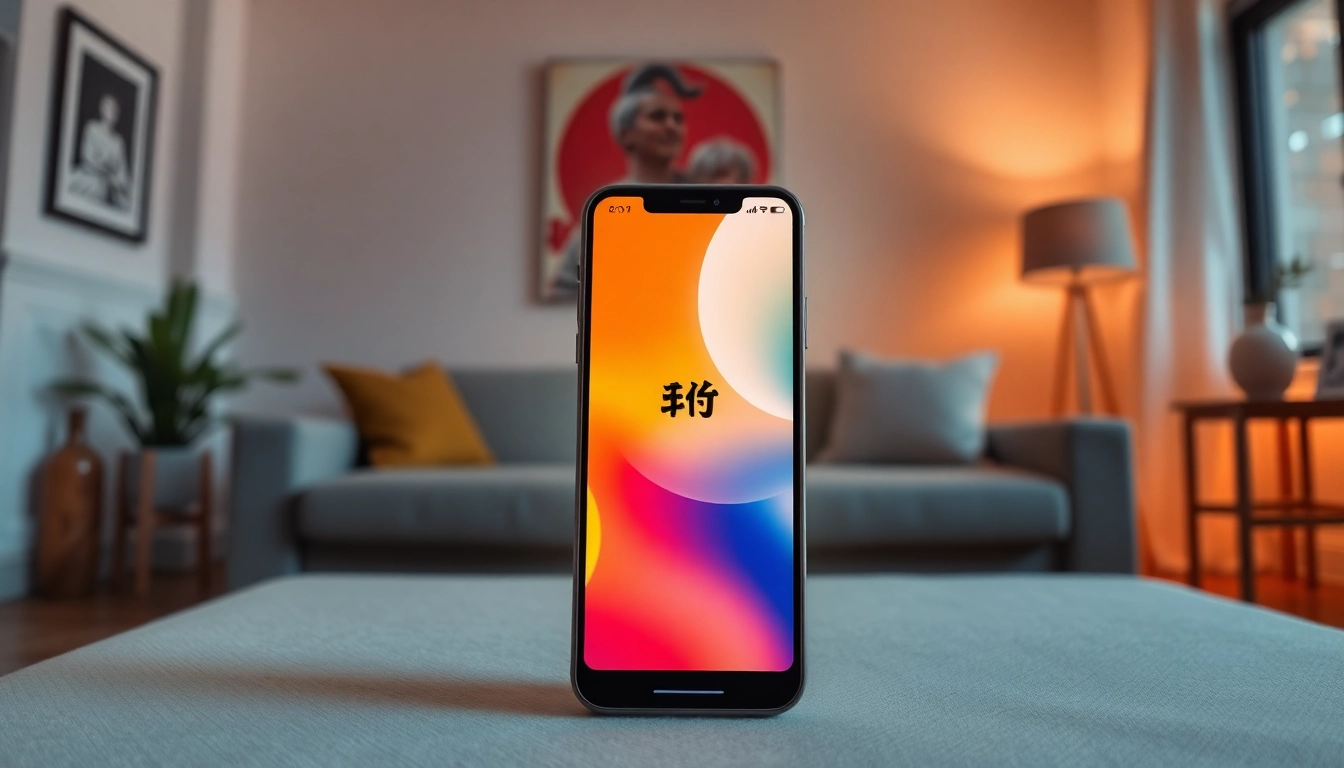Understanding the Basics of Music Pitching
Music pitching is a fundamental skill for artists, songwriters, and music producers aiming to share their work with the larger world. It involves presenting your music to influencers, curators, and platforms that can amplify your reach and grow your fan base. Understanding the nuances of music pitching can be the difference between gaining exposure and remaining unheard in an increasingly competitive industry.
What is Music Pitching?
At its core, music pitching is about communication. Artists present their music in compelling ways to curators of playlists, radio stations, music blogs, and even record labels, hoping to secure placements that enhance their visibility. This process may include sending out listening links, EPKs (Electronic Press Kits), and personalized messages that articulate the intent and emotion behind their music. But beyond mere messaging, it’s vital for a pitch to resonate with the target audience’s taste and preferences.
The Importance of Effective Music Pitching
Effective music pitching can significantly increase an artist’s chances of being featured on influential platforms, leading to greater streaming numbers, more live performances, and enhanced overall recognition. In an era where algorithms dictate much of the music discovery process, being strategic about how and where you pitch your music is critical for success. It allows artists to tailor their submissions to specific platforms that cater to their genre and style, increasing the likelihood of a favorable response.
Common Myths about Music Pitching
Despite its importance, many misconceptions surround music pitching. One prevalent myth is that only artists signed to major labels can successfully pitch their music. In reality, independent artists have immense opportunities to connect with playlists and curators directly. Another myth is that pitching is a one-time effort; however, successful music pitching often requires a committed, iterative approach — adjusting strategies based on feedback and outcomes. Finally, there’s a belief that pitches must be overly formal or complex, but clear, authentic communication often resonates more with curators.
Key Components of a Successful Music Pitch
Researching Your Target Audience
Understanding your target audience is pivotal when it comes to music pitching. This involves more than just knowing demographics; it means grasping the nuances of genre preferences, the types of playlists they follow, and what curators look for in submissions. Websites like Spotify and Apple Music offer analytical tools that can help artists track listeners’ geographical locations, favorite artists, and playlists.
Crafting a Compelling Pitch
A compelling pitch combines artistic authenticity with strategic selling points. Begin with a captivating introduction that draws the curator in, then provide context about the track, such as creative inspirations, production details, or unique storylines. Be concise and respectful of the time of those you pitch, keeping the pitch to one page if possible. Use bullet points for critical details to enhance readability and highlight the strongest elements of your song.
Utilizing Visuals and Supporting Materials
Incorporating visuals into your pitch can give it a professional edge. Include high-quality images, cover art, video content, or links to previous performances. For example, a video that showcases a live performance can effectively demonstrate the song’s energy and audience connection, providing curators with compelling evidence of the track’s potential. Moreover, having a polished press kit available online can help streamline the process of submission.
Best Practices for Pitching to Playlists and Curators
Timing Your Music Pitch
The timing of a pitch is just as crucial as its content. Most platforms suggest submitting new music at least a week before its release to maximize opportunities for inclusion on playlists. This window allows curators the necessary time to listen and consider your submission, while also creating buzz ahead of the release.
Personalizing Your Approach
A one-size-fits-all approach rarely works in music pitching. Personalized pitches that reflect an understanding of the curator’s previous work or playlist themes show effort and genuine interest. Highlight specific tracks from the curator’s playlist that resonate with your song, and explain why you think your music is a good fit. This approach helps build rapport and trust, making curators more likely to respond positively.
Follow-Up: When and How to Engage
Following up after sending a pitch can demonstrate professionalism and persistence but should be approached tactfully. A polite follow-up email a week or two later is acceptable and shows you’re proactive. However, if you receive a “no” or no response at all, it’s essential to respect the curator’s decision and not bombard them with further messages.
Leveraging Online Platforms for Music Pitching
Using Social Media Strategically
Social media platforms have revolutionized how artists can connect with curators and listeners alike. Utilize platforms like Instagram and Twitter to engage with music influencers, curators, and other artists. Engaging with their content through comments or shares can create visibility and increase your chances of having your music noticed. Additionally, consider creating dedicated posts showcasing your track or its impact to attract the attention of those who may reshape your music’s journey.
Platforms for Submitting Music Pitches
Specific platforms exist to streamline music pitching, such as SubmitHub, which gives you the opportunity to connect with various bloggers and playlist curators easily. Other services, like SoundCloud and Bandcamp, not only serve as hosting services but also as potential pitching platforms, allowing users to discover artists based on their listening habits. Explore these resources, researching which ones fit well with your target demographic.
Building Relationships with Curators and Influencers
Relationship-building is an often overlooked but critical aspect of music pitching. Rather than viewing curators solely as gatekeepers, treat them as potential collaborators or partners in your artistic journey. Attend networking events, engage with their posts on social media, and express genuine appreciation for their work. This rapport can lead to deeper connections and, ultimately, more opportunities for your music.
Measuring Success and Iterating Your Pitching Strategy
Analyzing Feedback and Results
Once you’ve pitched your music, the next important step is analyzing the feedback and results. Utilize analytics tools to track engagement metrics, such as the number of plays, shares, and playlist placements. Where possible, seek feedback from curators if they offer it. This information is invaluable as it helps identify trends and areas needing improvement.
Adjusting Your Approach Based on Data
Data should inform your approach going forward. If a specific type of pitch yields better responses, refine your strategies that align with this successful template. Adjust your messaging, visuals, or submission platforms as necessary. Pay attention to qualitative feedback too; a curator’s comments about what didn’t resonate can guide your future submissions and significantly enhance your pitches.
Long-Term Strategy for Music Pitching
Lastly, develop a long-term strategy for music pitching. This should take into account the evolving landscape of music discovery and how stylistic trends may shift over time. Regularly revisit and refresh your pitches to align them with industry changes, audience feedback, and personal growth as an artist. By ensuring that your pitching approach is flexible and adaptable, you are more likely to navigate the music industry successfully and maintain a steady presence in curatorial spaces.



